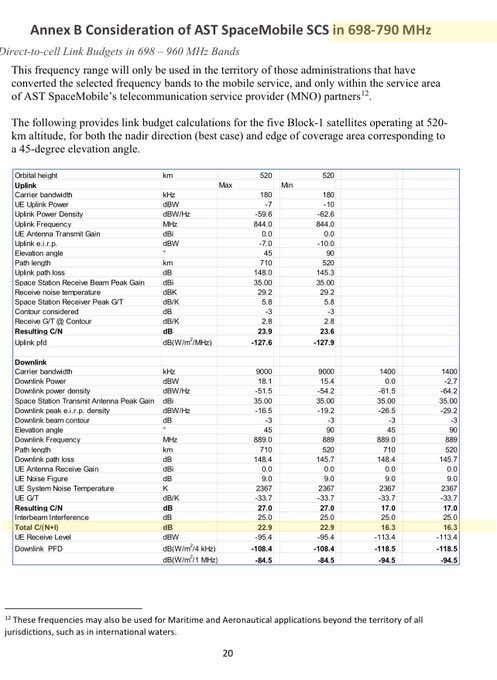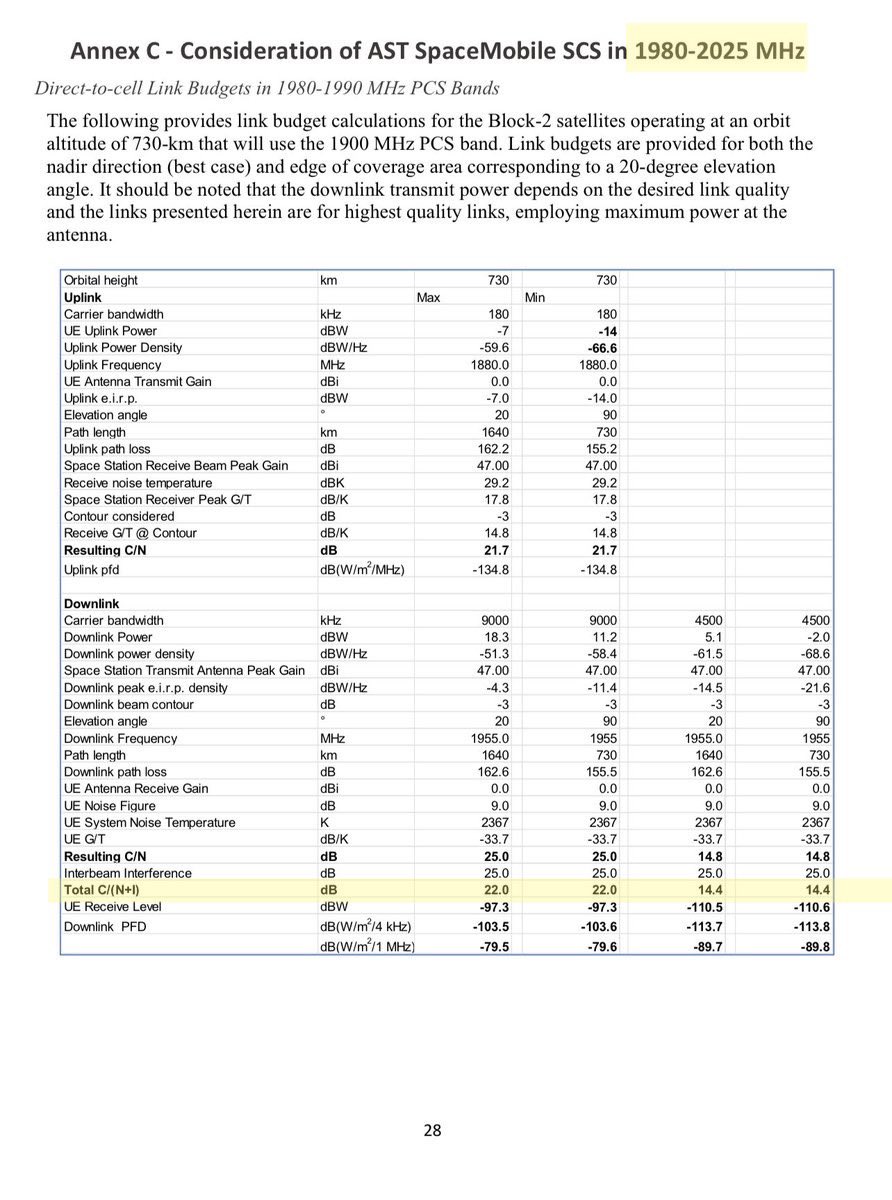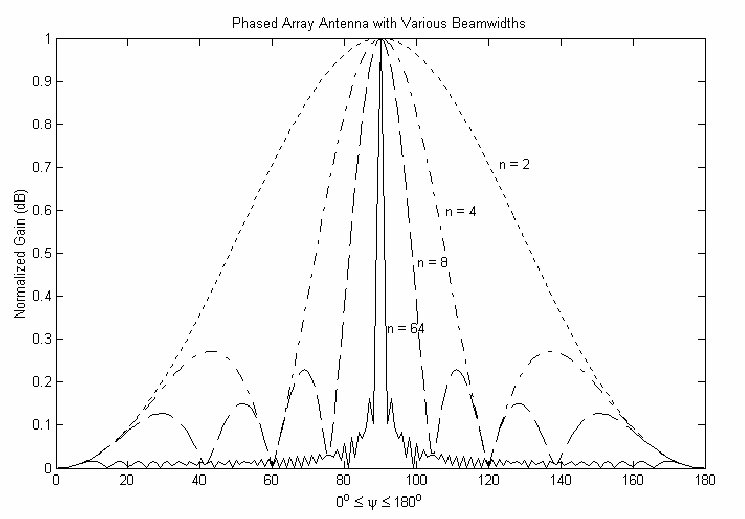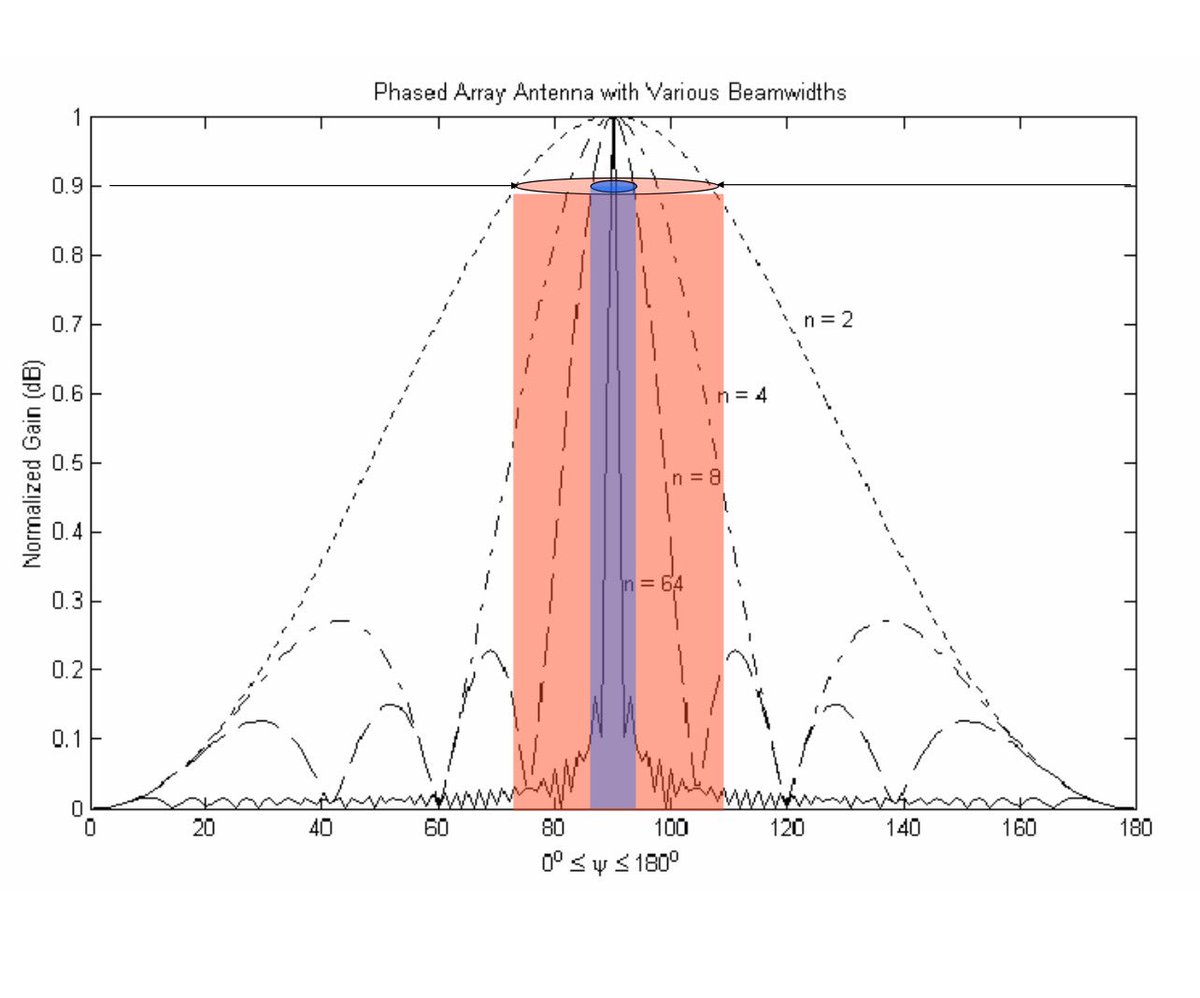Constellation level aggregated out of band emmission interference is a showstopper for Starlink.
This is due to crazy big leakage in adjacent bands/channels.
So when constellation increase from 300 to 4500 (15x) they need to cut radiated power down to 15%
The system can’t scale
This is due to crazy big leakage in adjacent bands/channels.
So when constellation increase from 300 to 4500 (15x) they need to cut radiated power down to 15%
The system can’t scale

There is a term for such a system:
Non-scalable architecture. In technical contexts, this is often referred to as negative scaling or diminishing returns.
2/n


Non-scalable architecture. In technical contexts, this is often referred to as negative scaling or diminishing returns.
2/n


Two. 2.
Major changes to the SCS R&O killed starlink d2c
One is that the proposition of co-primary licenses was changed to SCS being on secondary basis.
Other primary users (read terrestrial MNOs) enjoy total protection.
Starlink can use PCS on a _non_interference basis.
3/
Major changes to the SCS R&O killed starlink d2c
One is that the proposition of co-primary licenses was changed to SCS being on secondary basis.
Other primary users (read terrestrial MNOs) enjoy total protection.
Starlink can use PCS on a _non_interference basis.
3/
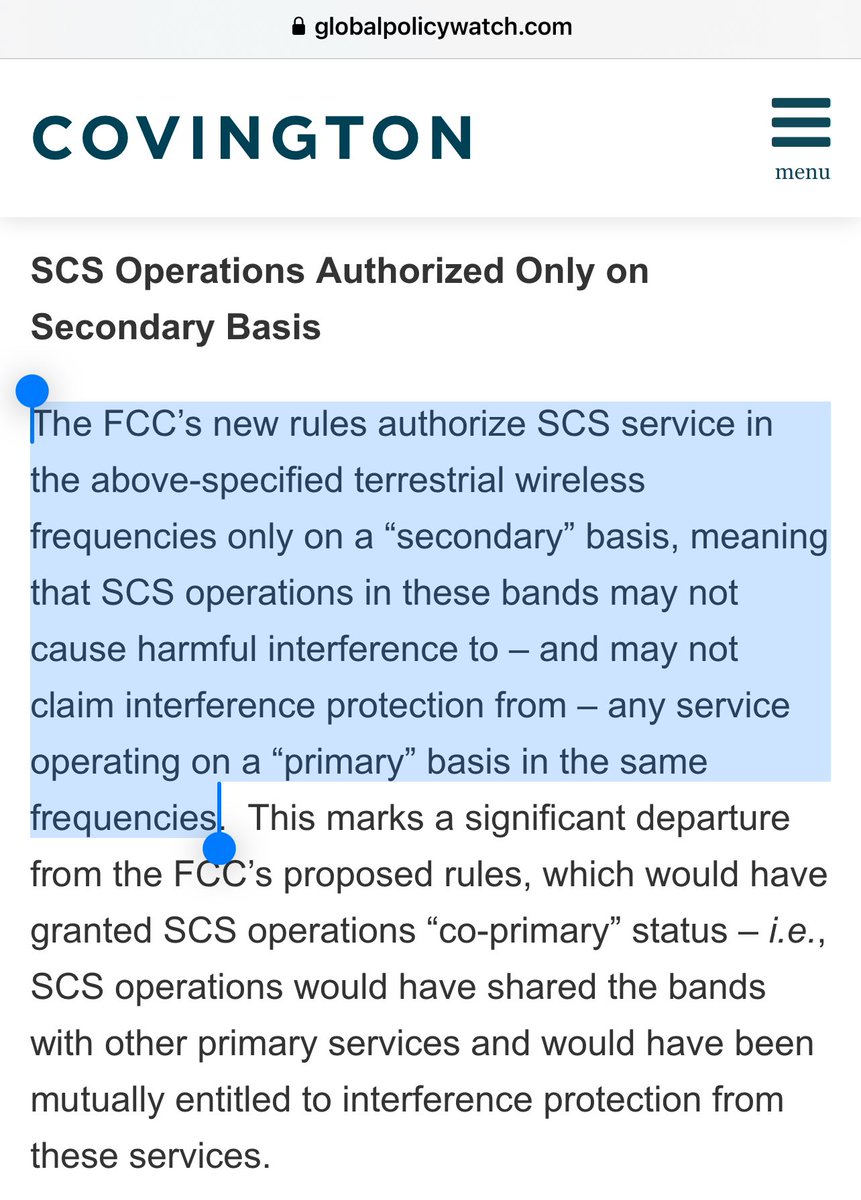
The other thing was the -120 dBW/m2/MHz interference limit.
Their bad RF equipment with an ACLR around 20 can’t make it.
A single Starlink sat can barely make it.
4500 not so much.
4/
Their bad RF equipment with an ACLR around 20 can’t make it.
A single Starlink sat can barely make it.
4500 not so much.
4/
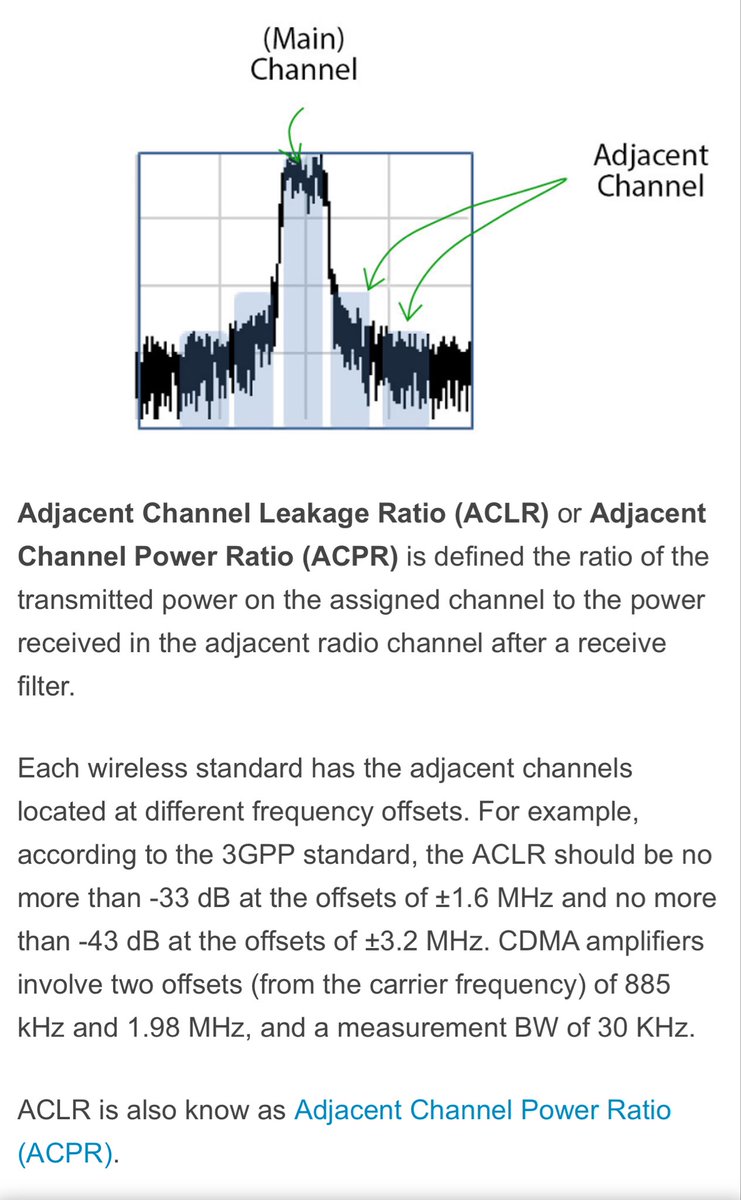
Beatings will continue until ACLR improves and the democratic lead Commission will enjoy handing out the fascia.
Yes, T-Mobile, this is decimation.
5/
Yes, T-Mobile, this is decimation.
5/
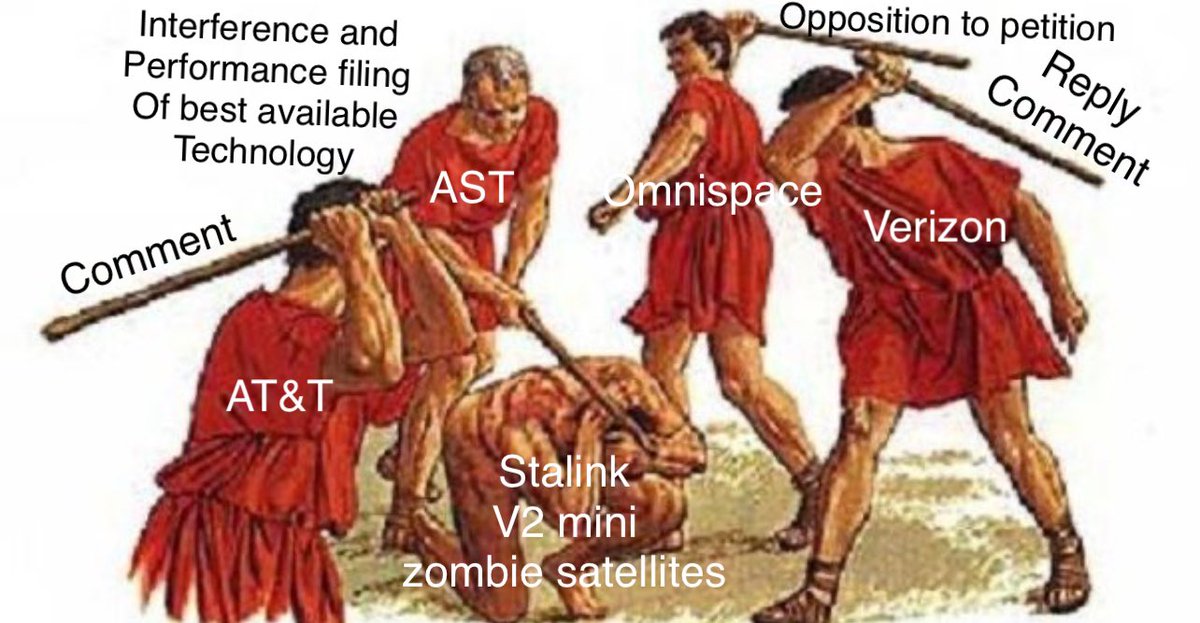
And so the massive spamming of each new Starlink d2c into adjacent channels they aren’t supposed to emit in forces Starlink to turn down power of every satellite on orbit as they launch more.
It is a _very_ dire situation for Starlink.
They need complete redesign of modem.
6/
It is a _very_ dire situation for Starlink.
They need complete redesign of modem.
6/
They would most likely need also redesign their _vulnerable_ earth moving cells. Which will cut calls if they keep it.
And they need more directivity and sidelobe control. As they also spam spatially in the physical domain, not just in the frequenzy domain.
7/
And they need more directivity and sidelobe control. As they also spam spatially in the physical domain, not just in the frequenzy domain.
7/
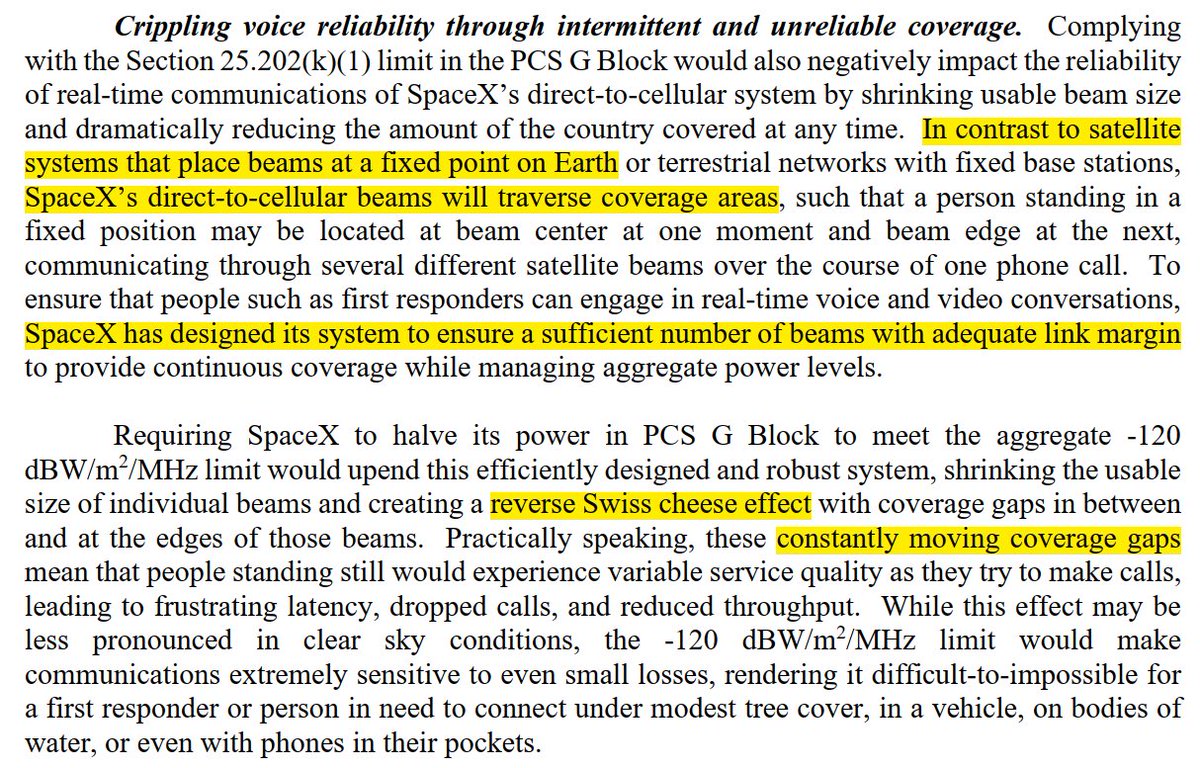
Think of this as scheduling an 8th meeting in one single office day.
With the same people. They stopped listening at the 5th and got frustrated at the 6th. Two called sick on the 7th.
Additional Starlink sats beyond ~1000 are like that 8th meeting:
Destructive.
No reward.
8/


With the same people. They stopped listening at the 5th and got frustrated at the 6th. Two called sick on the 7th.
Additional Starlink sats beyond ~1000 are like that 8th meeting:
Destructive.
No reward.
8/
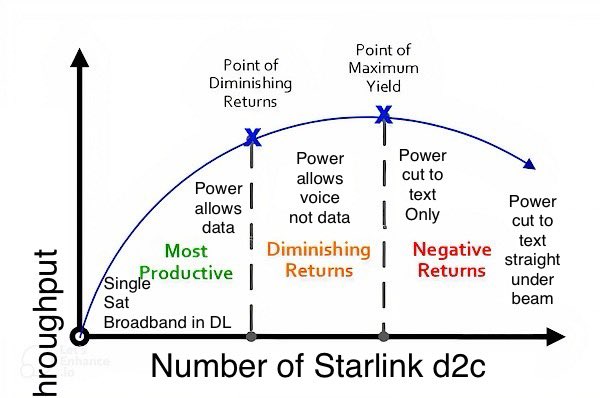
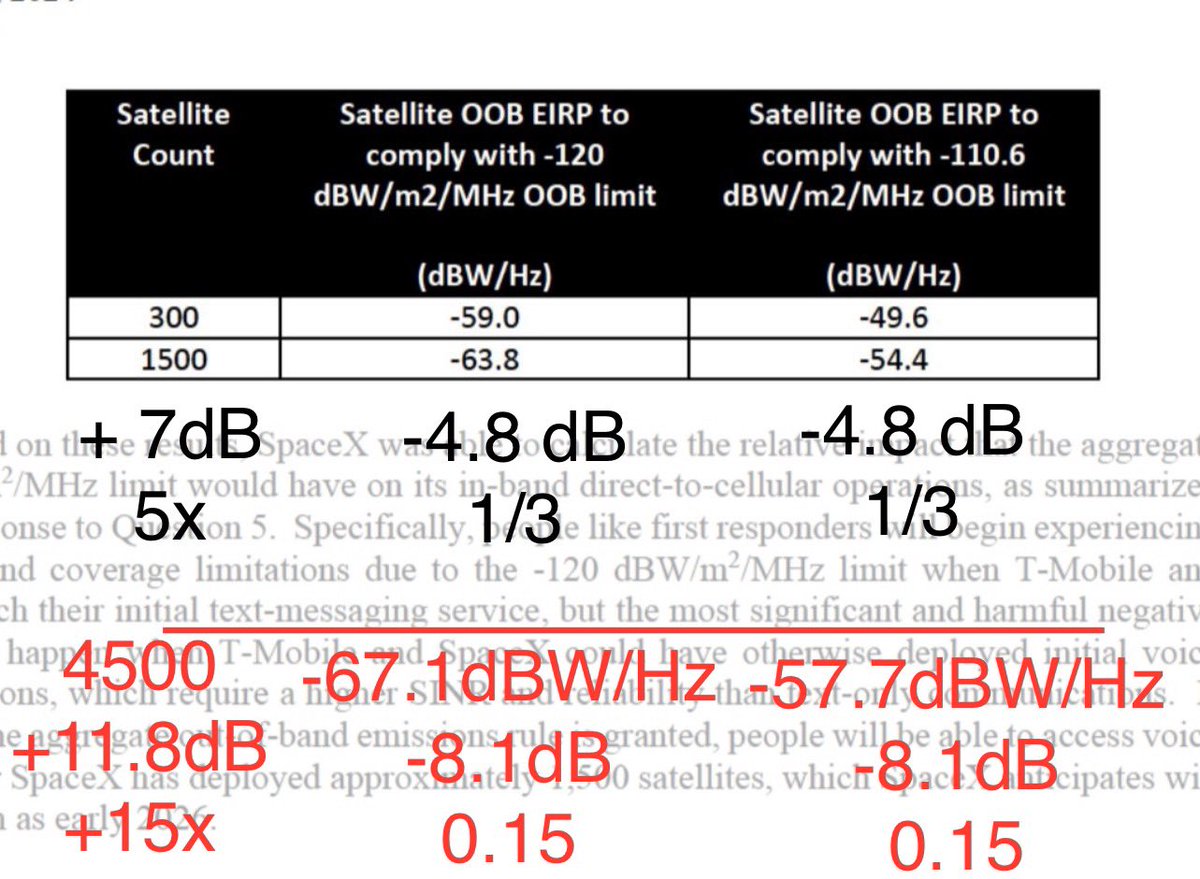
• • •
Missing some Tweet in this thread? You can try to
force a refresh








